In the wide expanses of Australia, things have been different. It was seen here as a marketing tool. Companies used the tiny tots as moving billboards, with advertisements for mobile phones and chocolate brands plastered over their bodies.
Gradually though, private motorists have come on board, particularly Mercedes owners looking for a small second car to use as a city runabout and the environmentally concerned who are attracted to the car's miserly fuel consumption.
After starting with sales of just 226 in 2003, last year 533 Fortwos were sold in Australia.
After eight years and more than 770,000 sales worldwide the second generation has been tested by the international media on the streets and motorways of Madrid. The latest car (right) and the previous generation feature on today's cover page.
The Fortwo is the only model for Smart worldwide, after the Roadster was discontinued in 2005 and the Fourfour last year.
The improved, one-of-a-kind car won't go on sale in Europe until April and will be seen on our shores in September or early October. But first indications are the DaimlerChrysler-owned brand has lifted its game.
The latest Smart Fortwo will be available in Europe in three petrol models, all one-litre, three-cylinder, rear-mounted engines with an option of a 45kW, 52kW and a turbocharged 62kW output. A diesel engine will also be available with 33kW of power.
Australia receives the 45kW engine, and while final decisions on models haven't been verified, we can expect one engine variant, with the more powerful 62kW most likely.
Prices will be revealed closer to launch, but it's believed it will be a minimal increase from the current model, which starts at $18,091 for the 45kW coupe. And there's been quite a lot of upgrading. To accommodate future pedestrian laws, the latest Fortwo will be bigger. The front end is 72mm longer, it has a wider wheelbase by 55mm, and a 31mm larger track width. The rear luggage compartment has also gained 70 litres, now at 220 litres. The passenger seat is situated 15cm further back from the driver.
Cabrio and Coupe variants will be available in Australia, as are currently offered.
The latest Cabrio's electric roof is impressive when compared to the current manual offering. Unlike most convertibles, the new roof can be opened while travelling at any speed, there's no need to slow down. It also features heated glass at the back, an improvement on the plastic rear window.
An automated five-speed manual transmission with manual mode replaces the six-speed auto. It can immediately shift down two gears at once with its kickdown function.
While it is an improvement on the previous gearbox, despite one less gear, the new transmission is still too jolty when in automatic mode. By slipping it into clutchless manual mode, you get a much smoother ride.
The Fortwo 62kW engine surprisingly holds its own on the longer highway stretches at faster speeds, despite its weight of 750kg.
It becomes a little difficult to control when passing large trucks, but otherwise cruising is quite comfortable and steady.
Adjusted steering, with electric steering available as an option, and enhanced suspension means that for the city driver the car also handles well around corners.
Our drive included the 52kW and 62kW models, and although the turbo obviously had the advantage, the 52kW performer was still adequate around the city.
Let's just say it had enough "oomph" for the crazy peak hour traffic of Madrid.
However, the brake pedal is rather heavy and takes some getting used to, especially in heavy stop-start traffic.
The latest model comes standard with ESP and ABS, as well as electronic brake-force distribution, airbags for the driver and passenger and a tridion safety cell.
And as can be expected, the light car has good fuel economy. The 62kW engine we're likely to get records 4.8 litres per 100km, the smaller engines claim 4.7 litres per 100km and the diesel uses just 3.4 litres per 100km.
The latest Smart car has a more mature look, although when the two models are not side by side the appearance changes are subtle. It has quirky character and, despite the similarity to the current model, about 90 per cent of parts and components are new.
The indicators are integrated into the headlamps and it has a more athletic and masculine look. The interior has also been revised and modernised. Our market will receive two of the three interiors on offer — the Pulse and Passion variants.
The Fortwo is a practical car for Europe. Yet in Australia we love our big engines, even in times of high fuel prices. We also tend to want some space in our small cars. The Fortwo goes against accepted wisdom on each of these factors. The new model has had impressive and necessary upgrading. However, with a different mindset Down Under, it's unlikely to be as popular here as in the narrow, winding streets of Europe.


.jpg)

.jpg)


.jpg)



.jpg)

.jpg)
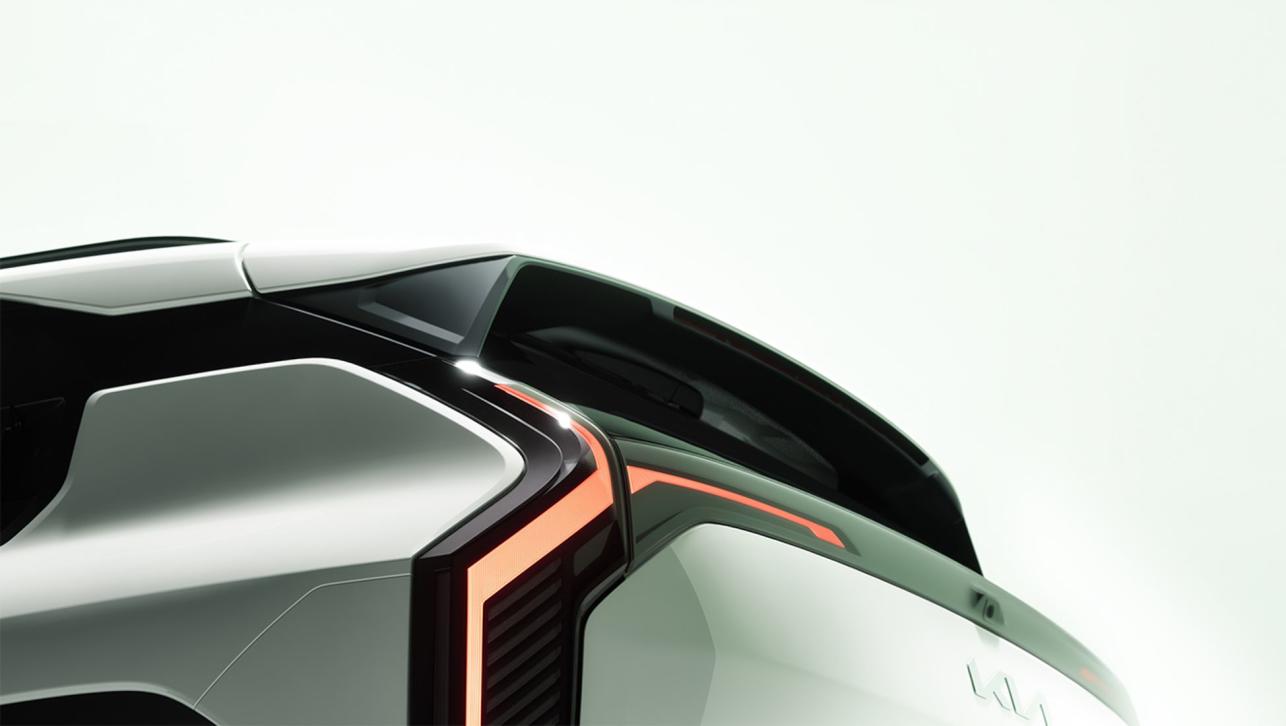

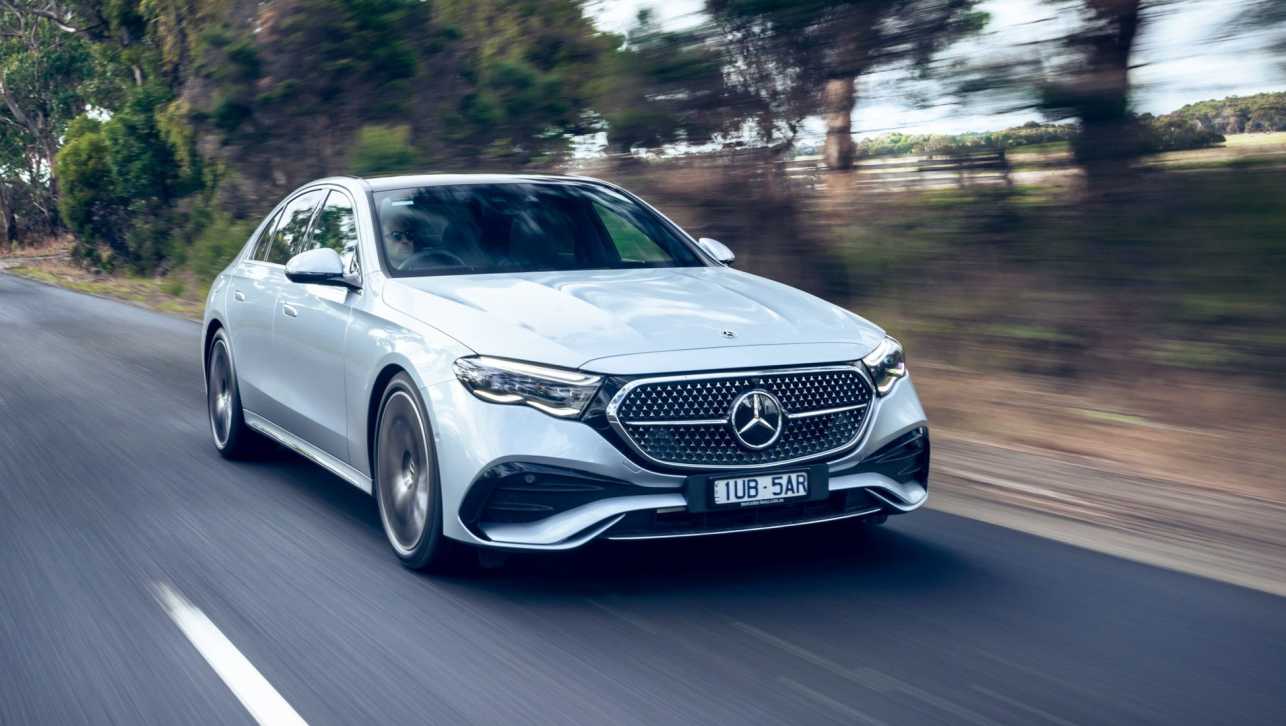
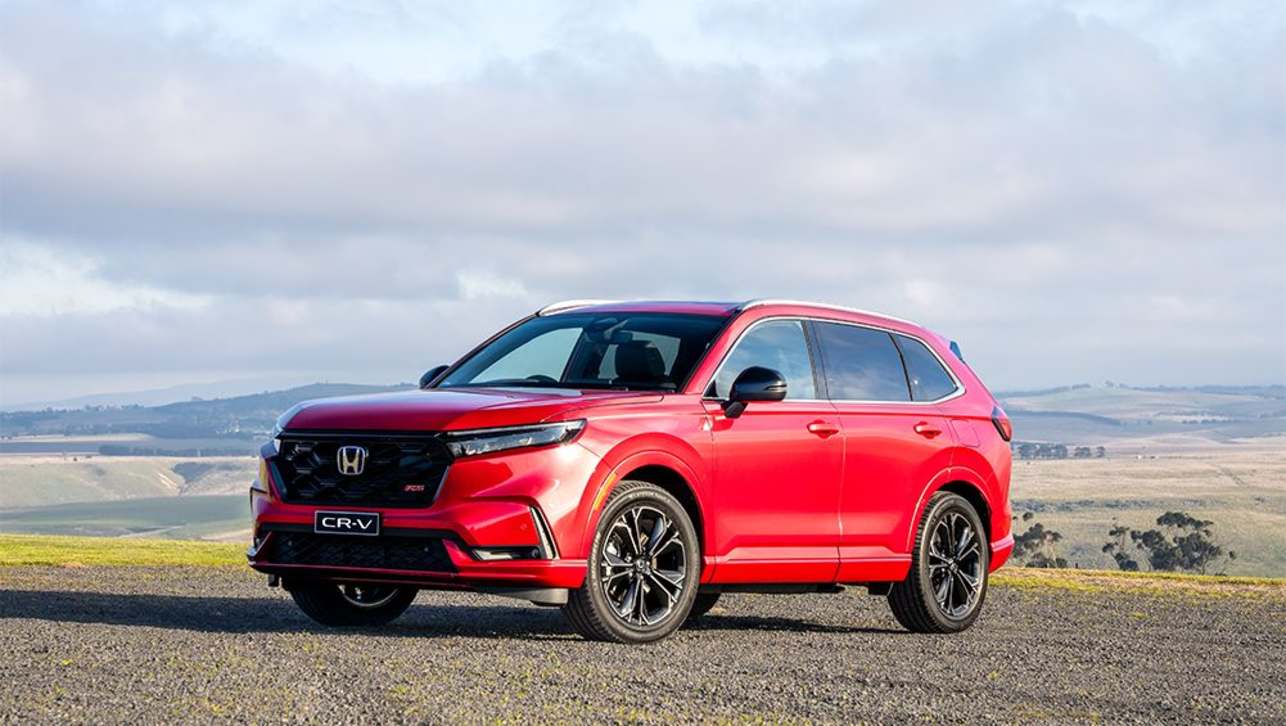

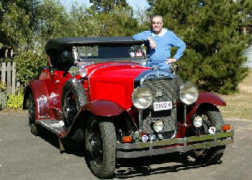
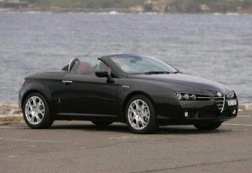

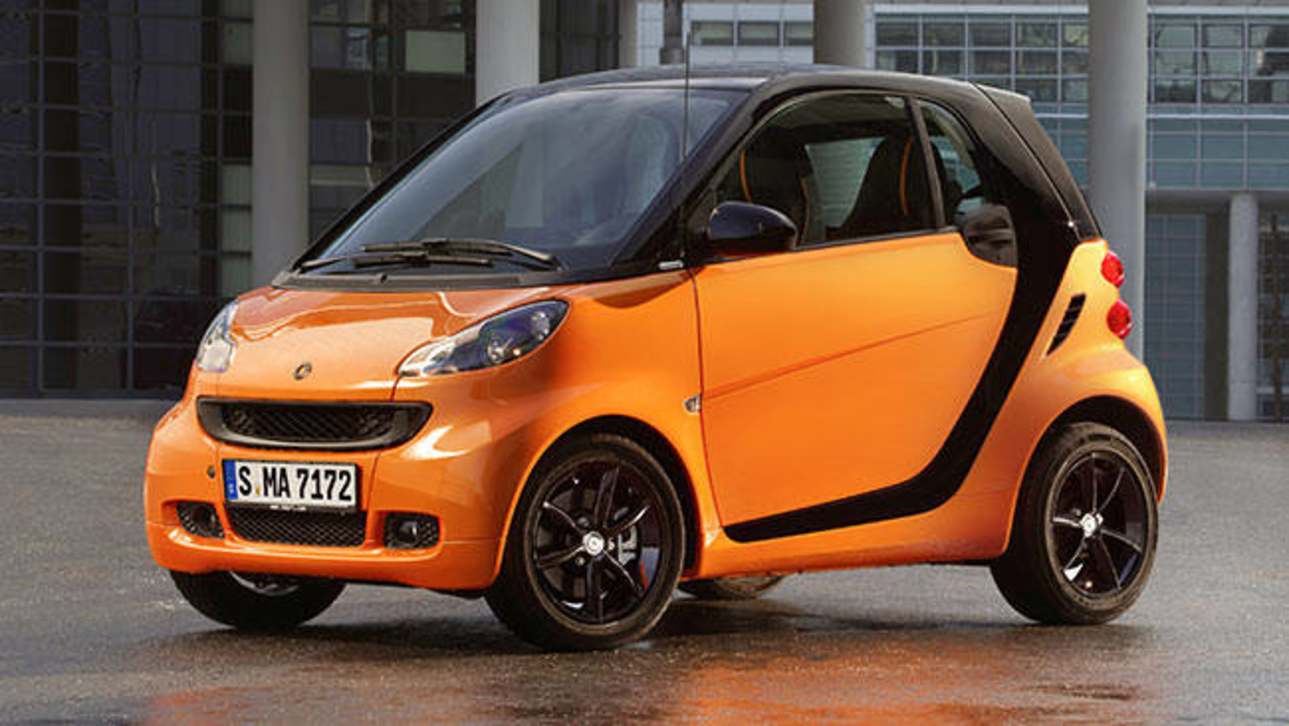


.jpg)


Comments